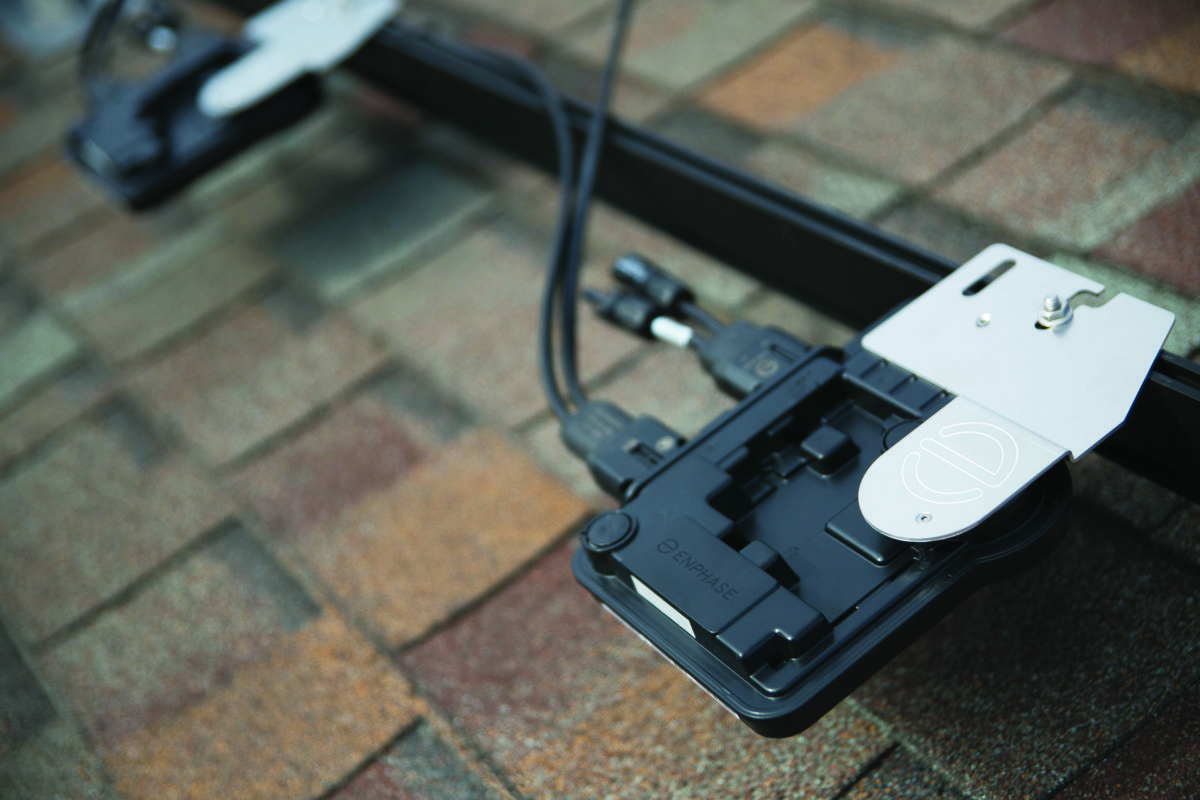Solar and wind power, along with batteries, are taking over the grid. When the largest utilities state that they’ll build no new fossil-fired power plants for decades out, it’s pretty obvious. Now we must move onto the next stage of the game: how we’re going to make some of the world’s largest machines run smoothly – our three power grids – while they expand from a around 8,000 power plants to millions of unique generating assets.
The testing began a long time ago, with solar providing grid services, and heavy solar areas (like Hawaii) pushing their inverters to the limit. Even Arizona recognizes we’re approaching an ‘energy technology convergence‘.
Pacific Gas & Electric (PG&E), along with JKB Energy, have filed an interim analysis of communication and voltage management traits for 15 solar power systems (62 kW worth) using behind-the-meter smart inverters.
The report, Test Capabilities of Customer-Sited Behind-the-Meter Smart Inverters (PDF), concluded that the required functionality the utility was seeking was in fact possible, as the hardware passed all tests. However, the lack of standardization in hardware platforms limited the ability of the utility to centrally manage projects efficiently, leading to the inability of utility operating systems to fully integrate large numbers of smart inverters effectively, or use them to their fullest extent.
Quite amusingly, the monopoly utility found that customer acquisition for the project was a challenge.

PG&E executed 6 field tests (which the smart inverters passed) in active/reactive power control:
- Fixed Reactive Power of 2 kVAR
- Fixed Reactive Power of 4 kVAR
- Volt-VAR (autonomous reactive power control)
- Fixed Active Power of 1 kW
- Fixed Active Power of 2 kW
- Volt-Watt (autonomous active power control)
Additionally, the utility proved that smart inverters can influence local secondary voltages. Lastly, the utility quantified, qualified and characterized remote command execution, system uptime, as well communication reliability and latency.

PG&E notes that industry experience and studies have suggested that in some instances, high distributed solar penetration can cause thermal and voltage violations, power quality issues, and adverse impacts on protection systems due to reverse power flow. And that higher penetration levels may require distribution grid upgrades, such as transformer replacement or new voltage regulation equipment.
The utility forecasts that by 2020, roughly half of all PV systems interconnected to its distribution grid will be equipped with smart inverters, and forecasts 1 million such inverters on its system by 2025. PG&E currently manages 350,000 solar power systems, and is adding 5,000 each month.
This content is protected by copyright and may not be reused. If you want to cooperate with us and would like to reuse some of our content, please contact: editors@pv-magazine.com.








Are there “dumb” inverters?